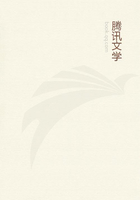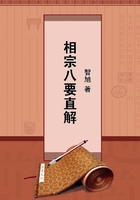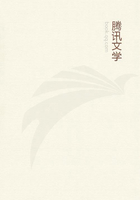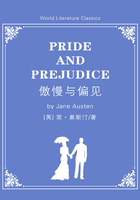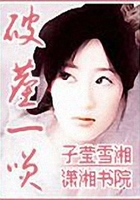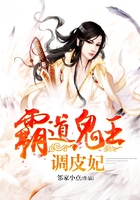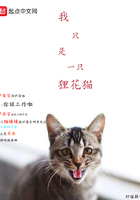The festivals did not reach their full development till after the decision victory of the modern spirit in the fifteenth century, unless perhaps Florence was here, as in other things, in advance of the rest of Italy.In Florence, the several quarters of the city were, in early times, organized with a view to such exhibitions, which demanded no small expenditure of artistic effort.Of this kind was the representation of Hell, with a scaffold and boats in the Arno, on the 1st of May, 1304, when the Ponte alla Carraia broke down under the weight of the spectators.That at a later time the Florentines used to travel through Italy as directors of festivals (festaiuoli), shows that the art was early perfected at home.
In setting forth the chief points of superiority in the Italian festivals over those of other countries, the first that we shall have to remark is the developed sense of individual character- istics, in other words, the capacity to invent a given mask, and to act the part with dramatic propriety.Painters and sculptors not merely did their part towards the decoration of the place where the festival was held, but helped in getting up the characters themselves, and prescribed the dress, the paints, and the other ornaments to be used.The second fact to be pointed out is the universal familiarity of the people with the poetical basis of the show.The Mysteries, indeed, were equally well understood all over Europe, since the biblical story and the legends of the saints were the common property of Christendom; but in all other respects the advantage was on the side of Italy.For the recitations, whether of religious or secular heroes, she possessed a lyrical poetry so rich and harmonious that none could resist its charm.The majority, too, of the spectators--at least in the cities--understood the meaning of mythological figures, and could guess without much difficulty at the allegorical and historical, which were drawn from sources familiar to the mass of Italians.
This point needs to be more fully discussed.The Middle Ages were essentially the ages of allegory.Theology and philosophy treated their categories as independent beings, and poetry and art had but little to add, in order to give them personality.Here all the countries of the West were on the same level.
Their world of ideas was rich enough in types and figures, but when these were put into concrete shape, the costume and attributes were likely to be unintelligible and unsuited to the popular taste.This, even in Italy, was often the case, and not only so during the whole period of the Renaissance, but down to a still later time.To produce the confusion, it was enough if a predicate of the allegorical figures was wrongly translated by an attribute.Even Dante is not wholly free from such errors, and, indeed, he prides himself on the obscurity of his allegories in general.Petrarch, in his 'Trionfi,' attempts to give clear, if short, descriptions of at all events the figures of Love, of Chastity, of Death, and of Fame.Others again load their allegories with inappropriate attributes.In the Satires of Vinciguerra, for example, Envy is depicted with rough, iron teeth, Gluttony as biting its own lips, and with a shock of tangled hair, the latter probably to show its indifference to all that is not meat and drink.We cannot here discuss the bad influence of these misunderstandings on the plastic arts.They, like poetry, might think themselves fortunate if allegory could be expressed by a mythological figure--by a figure which antiquity saved from absurdity--if Mars might stand for war, and Diana for the love of the chase.
Nevertheless art and poetry had better allegories than these to offer, and we may assume with regard to such figures of this kind as appeared in the Italian festivals, that the public required them to be clearly and vividly characteristic, since its previous training had fitted it to be a competent critic.Elsewhere, particularly at the Burgundian court, the most inexpressive figures, and even mere symbols, were allowed to pass, since to understand, or to seem to understand them, was a part of aristocratic breeding.On the occasion of the famous 'Oath of the Pheasant' in the year 1454, the beautiful young horsewoman, who appears as 'Queen of Pleasure,' is the only pleasing allegory.The huge epergnes, with automatic or even living figures within them, are either mere curiosities or are intended to convey some clumsy moral lesson.A naked female statue guarding a live lion was supposed to represent Constantinople and its future savior, the Duke of Burgundy.The rest, with the exception of a Pantomime-- Jason in Colchis--seems either too recondite to be understood or to have no sense at all.Oliver de la Marche, to whom we owe the description of the scene (Memoires, ch.29), appeared costumed as 'The Church,' in a tower on the back of an elephant, and sang a long elegy on the victory of the unbelievers.
But although the allegorical element in the poetry, the art, and the festivals of Italy is superior both in good taste and in unity of conception to what we find in other countries, yet it is not in these qualities that it is most characteristic and unique.The decisive point of superiority lay rather in the fact that, besides the personifications of abstract qualities, historical rep- resentatives of them were introduced in great number--that both poetry and plastic art were accustomed to represent famous men and women.The 'Divine Comedy,'

